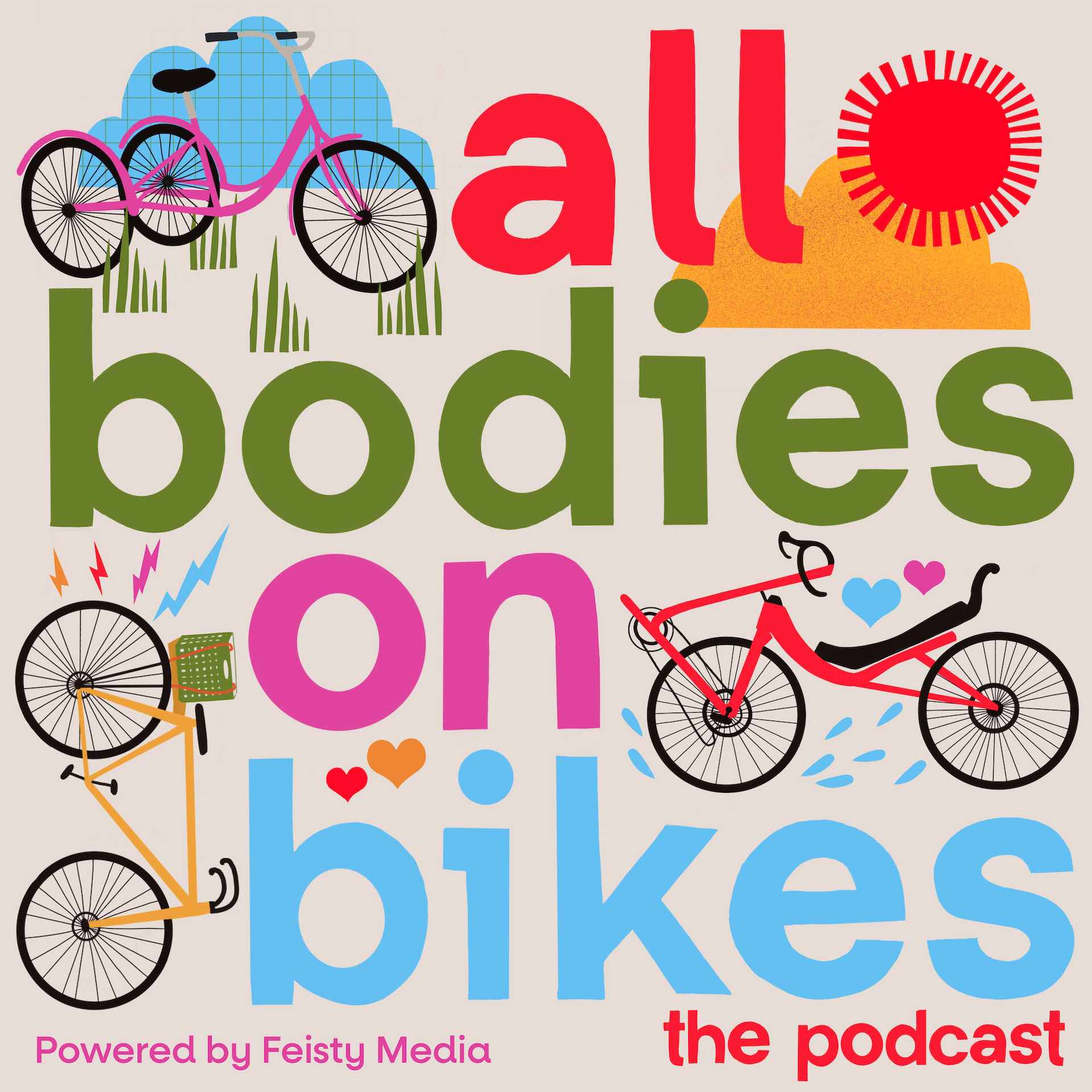May 27, 2021
Simple Tips to Hone Your Bike Handling Skills
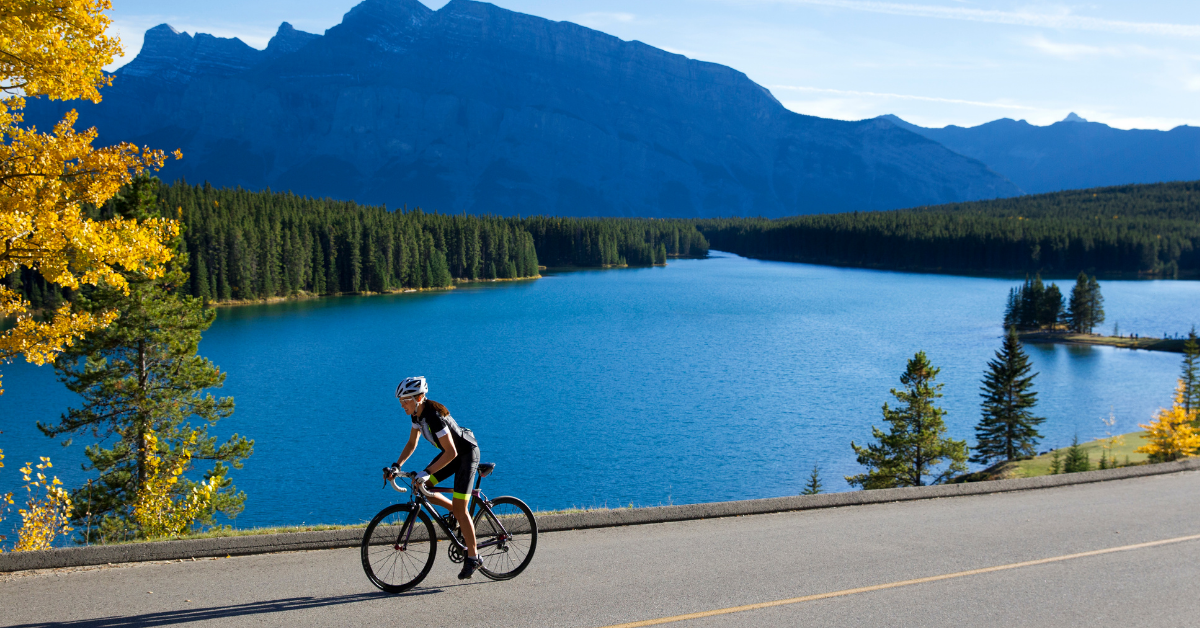
Feisty cycling expert Gyl Golden gives us a few of her best tips for new cyclists looking to build their cycling skills this summer.
By: Gyl Golden
Spring is here and you may be ready to go outside and explore. As such, now is an excellent time to work on your bike handling skills. Bike handling skills do not come naturally and have to be practiced over and over. It’s true that if you’re a beginner, there is a lot to work on but I would also say that even intermediate cyclists probably have an area or two that they could improve. I have a list of things that should be tackled mostly for true beginners but this list could be useful for those with some experience as well.
Clipping In and Out on Both Sides
Clipping in and out of pedals is the first thing that many new (and even some not so new) cyclists dread. Acquiring the skill of clipping in and out of clipless pedals can be a real mental obstacle for those starting out. Some even decide to just stick with the sneakers, but I encourage you not to resign yourself to that option. Just so you know, this advice is coming from someone who was absolutely terrified of the first set of brand new bike shoes and clipless pedals I purchased. I understand you; you don’t want to fall. As adults, we’re not used to falling like we did when we were kids on the playground. It’s only logical that we would want to avoid it at all costs.
With road cycling, there will always be inherent risks and falling is one of them. Sooner or later you will likely make some unintended contact with the ground. Having your feet firmly attached to your pedals may, at first, provoke a fall or two. But practicing clipping in and out of your pedals on both sides will help you master the skill and actually ride more safely in the long run. Below I have a few tips to help you get comfortable with the action.
First, remember the benefits of bike shoes. Being clipped in allows you to pedal more fluidly and efficiently on the bike as you can maximize pulling up on the pedals as well as pushing down. This is as opposed to using flat pedals where you are just pushing down. Along with a proper bike fit, being clipped in will keep your feet and legs in the correct position to prevent injury and pedal efficiently. Also, there is no risk of your feet slipping off the pedals. No matter how much the idea scares you, you should strongly consider cycling shoes. If not, you’re not getting the maximum potential out of your bike or yourself.
So how can we get good at clipping in and out you may ask? Practice, practice and more practice. Really the majority of the problem comes from just remembering to clip out when you stop. First off, just being on the home trainer and regularly clipping in and out will help you remember. Also when I started I put a note on my handlebars saying “Clip out”.
If you keep forgetting and in turn falling, hold on to how you felt the last time you fell simply because you forgot to clip out. You were pretty angry, frustrated, maybe a little embarrassed because you fell in front of others? Hold onto those feelings because that should help you to remember.
If you’re getting used to remembering to clip out when you stop, but occasionally you unintentionally fall to the opposite side (I hate it when that happens!), here are a few tips that I find helpful. If you are going to unclip your right foot first, turn the handle bars a little towards the right to help nudge you over to the right. For the left foot, tilt it to the left.
If the road is off camber, or sloped to one side, the safest way to unclip and dismount is towards the uphill side. This may seem counterintuitive at first, but this technique puts your centre of balance above the bike and gives you a greater standover height above your top tube so that you can plant your foot firmly without slamming your crotch – which, trust me, is not fun. So if the road is sloping down to the left, turn the handlebars slightly towards the right, unclip your right foot and lean into the hill to step off.
Everyone will fall from time-to-time, and it’s not the end of the world. The more your ride, the easier this will become.
Eating, Drinking and Riding in a Straight Line
You definitely want to be able to eat and drink on the bike while rolling in a straight line. For a long time I really couldn’t take either hand of the handlebars. Then gradually I could take my left hand off and finally could reach for food, water, etc. But you have to practice each time you ride or else it will take forever to do this. Of course, start gradually; just try to ride with one hand hovering over the handle bar. No tasks yet, just keep working on pedaling with one hand. Work on scratching itches as they come or wiping the sweat off your brow. Once you can do that somewhat confidently, try to eat then try to grab the water bottle.
It’s really putting the water bottle back in correctly that’s the most challenging so before water bottle practice, practice being able to look down for moments at a time without going off the road. At first you’ll need to look down in order to get the bottle in the cage. Then try taking the bottle out and putting it back in correctly. And remember that when doing this it’s most important that you don’t fall or have an accident so if you have to grab both handlebars, forget about the water bottle and grab both handlebars.
The other tip I can offer is more mental. Remember, really it’s not the arms or hands that guide the bike. It’s all in the hips. As soon as you master control of your hips on the bike, you’ll be able to do all sorts of crazy things on the bike – like sit upright and eat with both hands!
Riding in a Group
Riding in a group is a great way to get to know local roads, meet new friends, and learn from other cyclists. You don’t need to be an experienced rider to join your local group ride, but there is some etiquette and a few unspoken courtesies that you should know. Before you go on a group ride, you should be somewhat comfortable riding on the road and in traffic, as well as comfortable eating and taking a drink from your bottles without swerving or slowing down.
I personally recommend staying towards the back when first starting out. It can be hard to see too far in front of you, and the more experienced cyclists will have the reflex to point out potential hazards to avoid. If you can, it’s proper etiquette to mimic what they do to pass on the message to the people behind you.
Spacing in a group can be tricky to navigate when first starting out. You want to stay somewhat close to the person’s back wheel in front of you, but also allow yourself enough space to react or slow down to avoid a collision if you need to. This may mean giving yourself slightly more space at first, then as you get more comfortable in group rides you can start to ride a little closer to the person in front of you to reap the benefits of the group draft.
Cornering
Here are some keys when cornering:
1. Look where you want to go. In general, in life as well as on the bike, if you focus your eyes on the very thing you want to avoid, you’ll hit it. Look where you want to go and if possible look farther ahead to where you’d come out of the curve. You want to
2. Break before you reach the curve, not while you’re in it. Once in the turn, stop pedaling and lean your bike with your body. Your outside pedal should be straight down at 6 o’clock
Climbing and Descending
Climbing on the bike is pretty straightforward but I have a few tips that could aid your performance. Anticipation is key to climbing, knowing when the hill begins or starts to get steeper will allow you to shift into the appropriate gear as you reach the climb. Your gears are your friend in this effort so we want to be good to them. That means, as best as you can, switch to an easier gear just a little before you need it. You want smooth gradual shifting that allows you to maintain a comfortable cadence. Always think about economizing your energy, work on keeping a cadence between 65 to 80 rpms while climbing.
Also under the heading of anticipation is pacing yourself. Don’t go out too hard and too fast. Pace yourself so that you finish strong. It can help to know the facts on the climb you’re going to do. It’s not always possible to get every bit of information, but some helpful things to know include the length, and if there are any steep pitches or corners along the climb.
Stay in the saddle the majority of the time. For abrupt gradient changes or a brief burst of speed you can stand up out of the saddle to get an extra bit of power. It is true that once you stand you do go faster but it never lasts long, as this also takes a lot more effort. The most efficient position for climbing is seated, with a slight lean forward toward the handlebars. Also, try to keep your upper body quiet and focus on making the legs do the work.
Whenever possible, go wide around the corners which are normally a bit flatter than if you go on the inside.
Descending a hill can be scary if you are new to cycling. Having a proper body position can help you maintain control of your bike and gain confidence on descents. Shift your hips back slightly on the saddle, keep your elbows slightly bent, and cover the brakes so you can slow down when you need to. If the hill is steep and you are coasting (not pedalling), keep your pedals level with equal pressure on both feet and your heels down slightly. This will help you to maintain balance and absorb any small bumps in the road for a smoother ride.
The more you do something the better you get, the more confidence you have, and the more likely you’ll keep doing it. So first, choose two or three descents that scare you just a little but aren’t too steep and go down them as much as possible. Know every nook, every hole and every section of those descents. Once those are no longer scary, find a few more that are steeper and do the same thing. Then repeat the process until you have a good repertoire of hills to go down where you feel confident. Next, go back to the now easy descents and work on keeping low so that you are more aerodynamic so you will go faster. Keep pedaling the legs. That helps you flush out the lactic acid build up for recovery as well as if there is wind, pedaling keeps you more stable on the bike. And remember to look further ahead to where you want to go. Once you’re speeding down those, move on to the harder ones and try to go down those faster. Aiming to go down the descents you know like the back of your hand as fast as you can gets you comfortable with speed and will help decrease your fear of descending.
I know firsthand how scary getting started on a road bike can be. The road to riding confidently is long but rewarding if you stick with it; that taking up cycling is one of the best things that ever happened to me. It will change your life if you let it.

Gyl Golden is a writer, instructor and 8- time Ironman distance finisher. She is head coach at Golden Triathlon Coaching where she offers online coaching and training plans. In 2018 she cycled the entire Tour de France route one day before in the efforts of advancing women’s cycling. She is based in Montpellier, France where she is always in search of new backroads to explore by bike.
Follow Gyl at Ironwoman For The Ocean on Facebook and on Instagram @ironwomanfortheocean and check out her coaching page at goldentriathloncoaching.com and Golden Triathlon Coaching on Facebook.


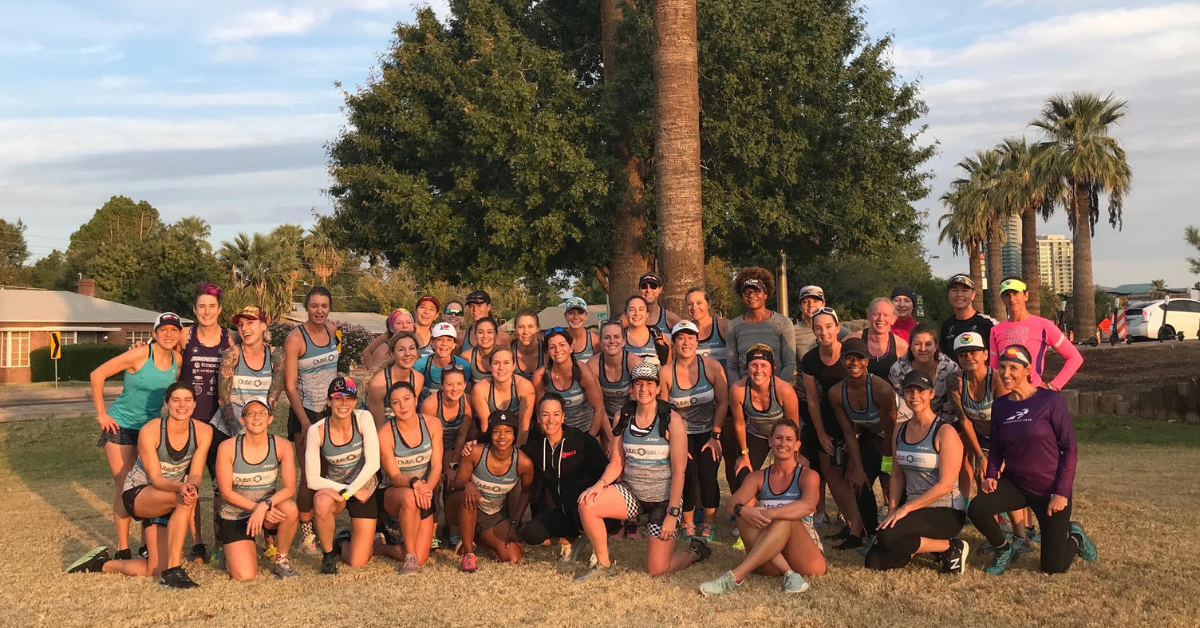 Outspoken Women in Triathlon Summit Returns Bigger than Ever
Outspoken Women in Triathlon Summit Returns Bigger than Ever 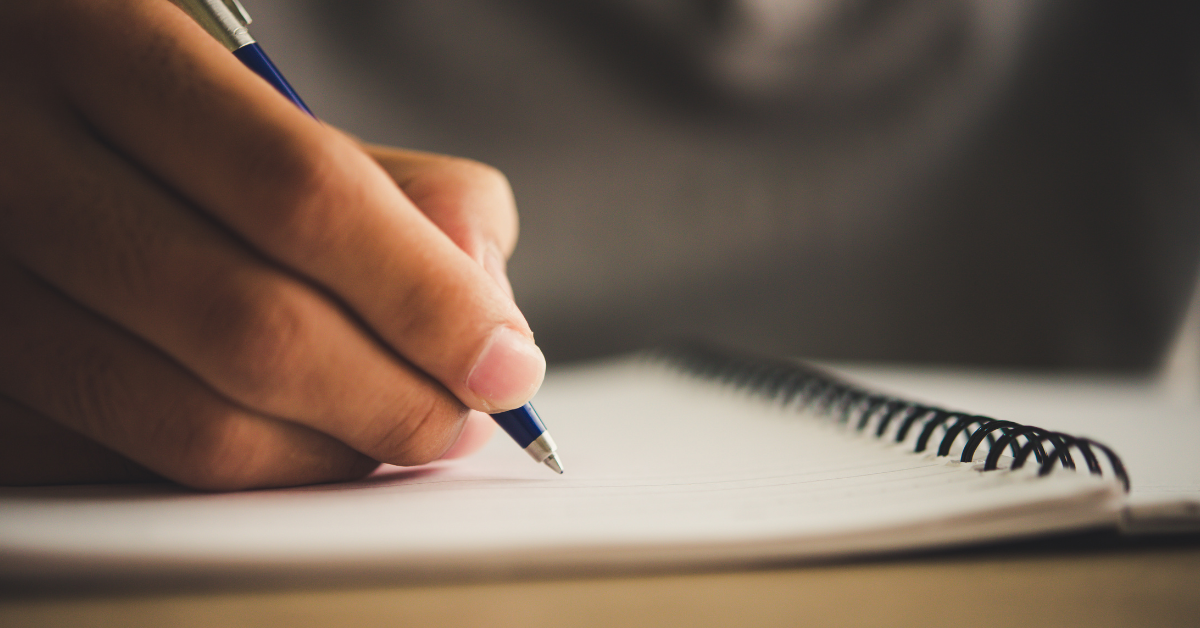 Driving the Lamborghini: Productivity and the Power of Paper
Driving the Lamborghini: Productivity and the Power of Paper 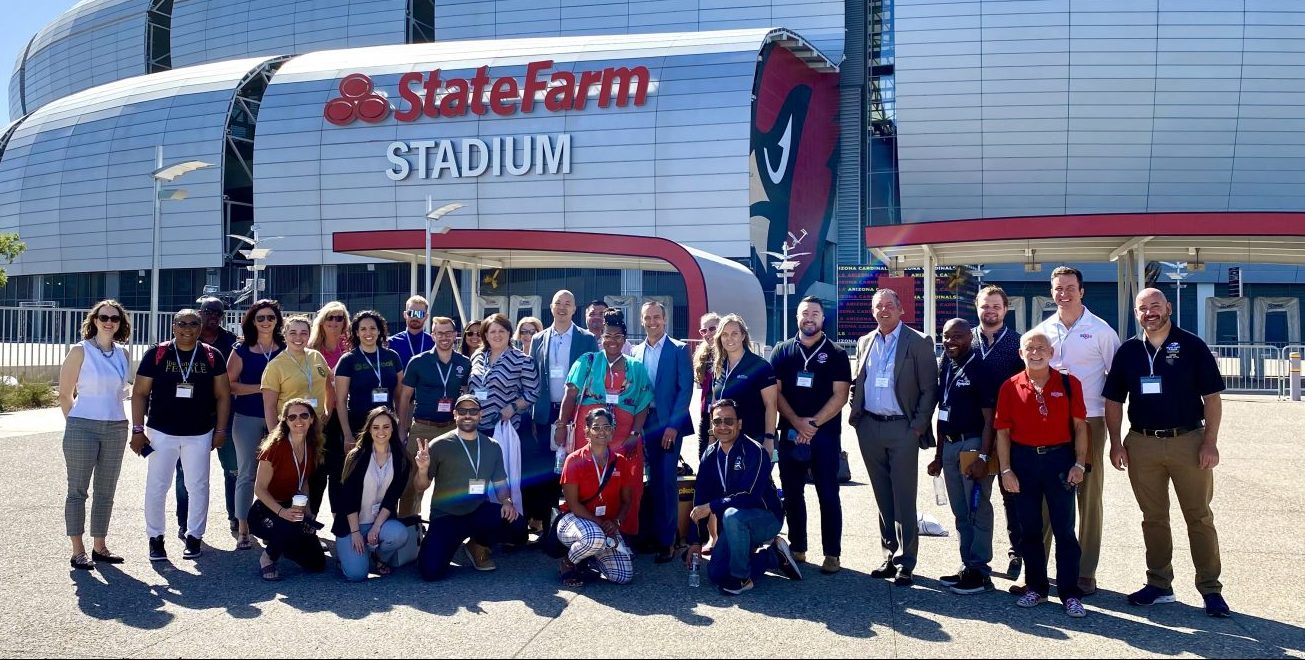 5 take aways from the Compete Sports Diversity Summit
5 take aways from the Compete Sports Diversity Summit 